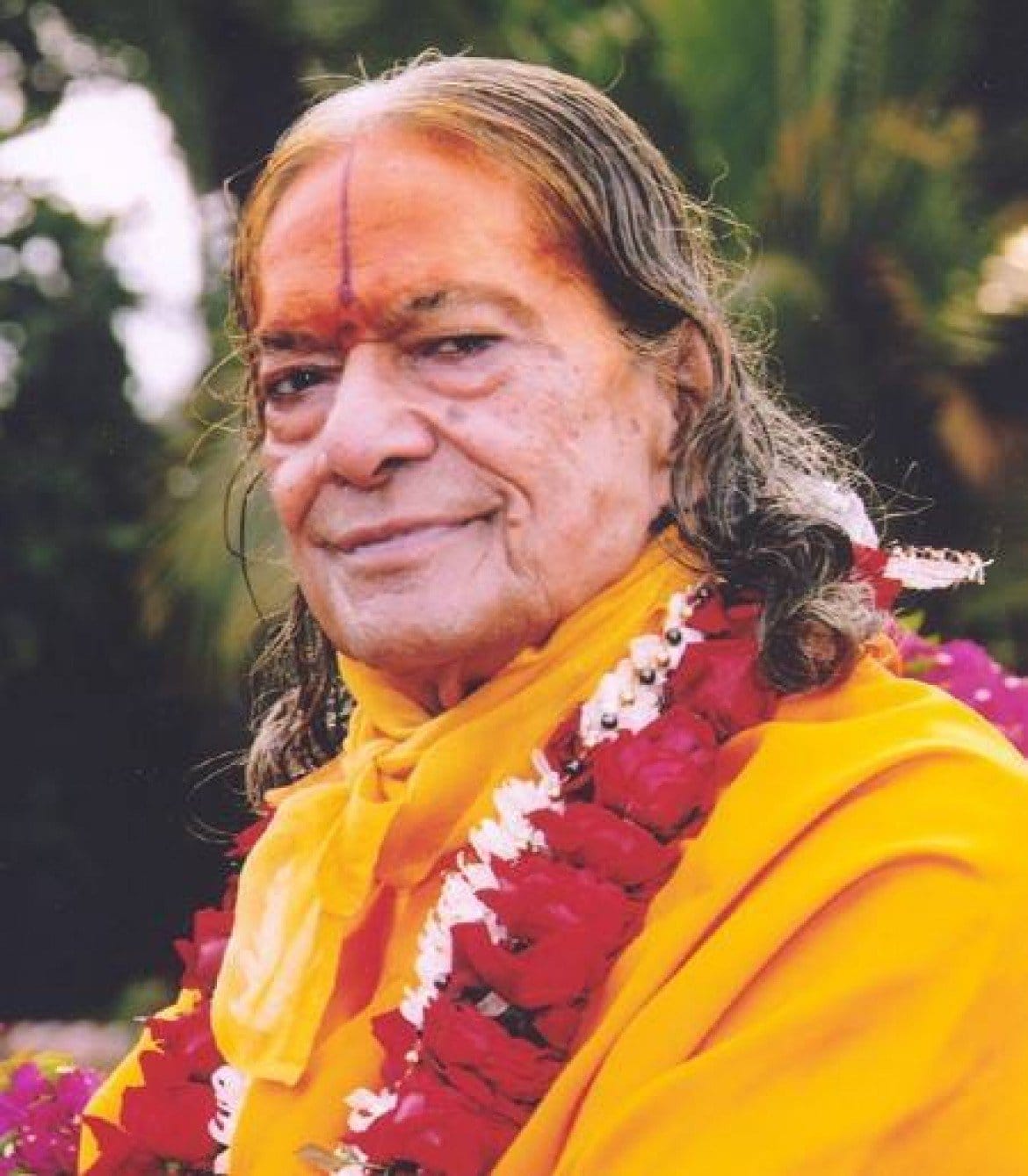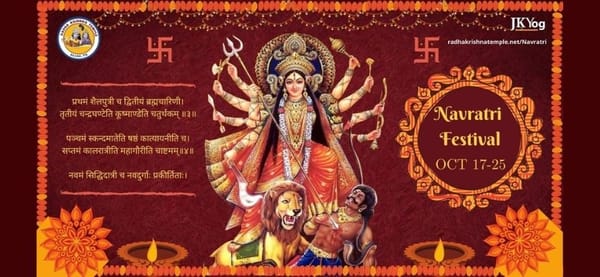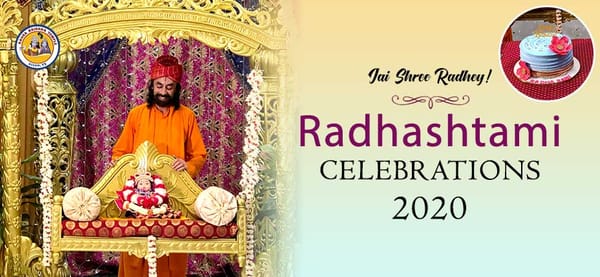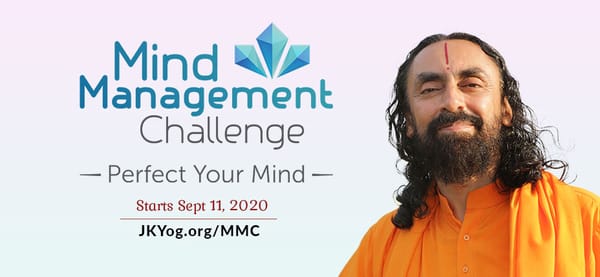Gyan Yog is the path of God-realization based on the premise of Advaid vad that the soul itself is God; when it dispels its covering of ignorance and gets seated in knowledge, it will get liberated from the illusion of Maya. Then it will realize itself to be one with the formless Brahman for eternity, devoid of any form, attribute, activity or qualities.
The Gyan Yogi strives to attain knowledge of the self, and be practically situated on that platform. This requires analyzing that one is not the body, senses, mind, intellect and ego. One first theoretically understands this knowledge by hearing from the Guru and the scriptures. Then one repeatedly meditates on the knowledge and tries to realize it practically. In this manner, material desires related to the body slowly diminish. Finally, one gains practical insight into the nature of the self.
Bhakti Yog is based on the premise that the soul is an integral part of God; it has turned its back towards God, and hence it is suffering in the cycle of life and death because of Maya. This Maya is not an illusion; it is an energy of God. So the soul needs to surrender itself to God and attract His Grace, by which it will receive the Divine Knowledge, Love and Bliss of God.
Bhakti Yog involves developing immense love for the Lord. In such a state, the devotee develops an intense longing to see God, meet Him, and be with Him. Whatever one does, the mind remains attached to God and the thoughts flow towards Him, like the rivers flow towards the ocean. Such love in the heart cleanses it of all impurities. With a pure heart, one begins to see God in all living beings and in all things. As the thoughts become sublime, the devotee experiences the unlimited Divine Bliss of God and becomes fully satisfied. On liberation, soul does not become God; it goes to His Divine abode, and there in a Divine body, it eternally participates in the loving pastimes of God.
People say, Bhakti Yog is easy and Gyan Yog is difficult. Is that true? Let us understand this by comparing a baby kitten and a baby monkey. The kitten is tiny and delicate. Yet, if it is to be moved from one place to another, it does not need to worry. The mother holds the kitten with her mouth and carries it. On the other hand, the baby monkey is responsible for holding its mother tight around the waist, while the mother jumps from one branch of the tree to another. For the baby monkey, there is always a fear of falling whereas the kitten can rest easily since it is being carried by the mother.
In the above analogy, the path of Gyan Yog is comparable to the mother monkey and its baby. It is based on self-effort. Since the premise is that the soul itself is the Ultimate Supreme Entity, there is no concept of surrender to God or dependence upon His Grace. Hence, the aspirant strives on his or her own strength.
Bhakti Yog is comparable to the cat and its kitten. In Bhakti Yog, the aspirant learns to surrender to the Lord, and thus attracts His Grace. Through Grace, God assists and protects the devotee. Thus, the path of Bhakti Yogbecomes easy compared to Gyan Yog.
In Gyan Yog, the danger of pride is enormous. The poor conditioned soul gets trapped in the pride of being God. In comparison, the path of Bhakti involves practicing humbleness before God, and hence the pitfall of pride becomes marginalized.







